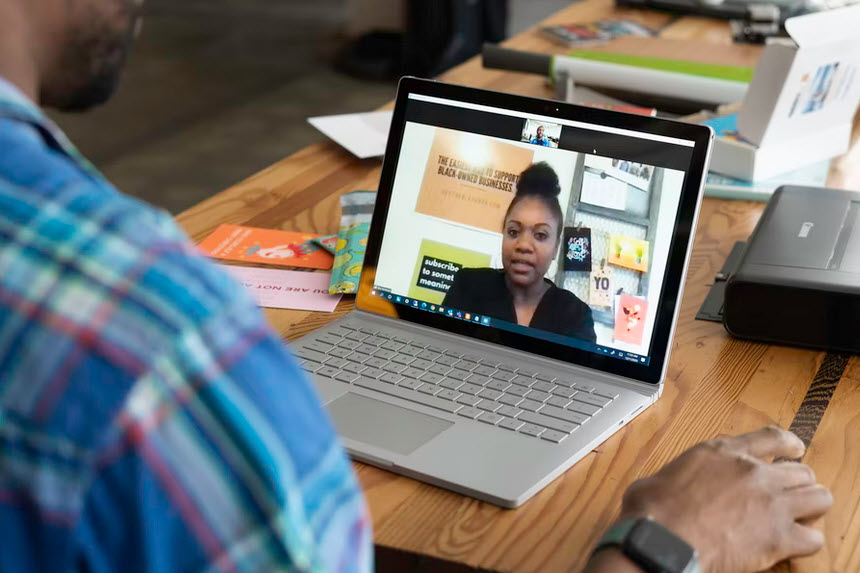When I started teaching online, it was clear to me almost immediately that I wanted to encourage my learners to write and that I wanted to see their writing on a regular basis. I had a CLB 7 Academic class, and I began rather naively and ambitiously. The assignment was straightforward:
You will have three journal topics a week. You will be given 15 minutes a day, three times a week, to write in your journal. You will be given a journal topic or you can write about whatever you want.
Continue reading









